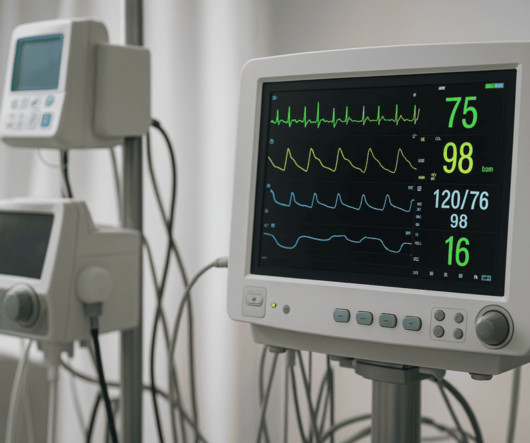Critical Features for Developing a Healthcare App
Arkenea
MARCH 14, 2025
EHR/EMR Integration Features Integration of electronic health records (EHR) improves the viability of telemedicine applications. The process has been streamlined, and patient care has increased. It is easier for the doctor to comprehend the patient’s history. Healthcare App Features for Doctors 1.












Let's personalize your content